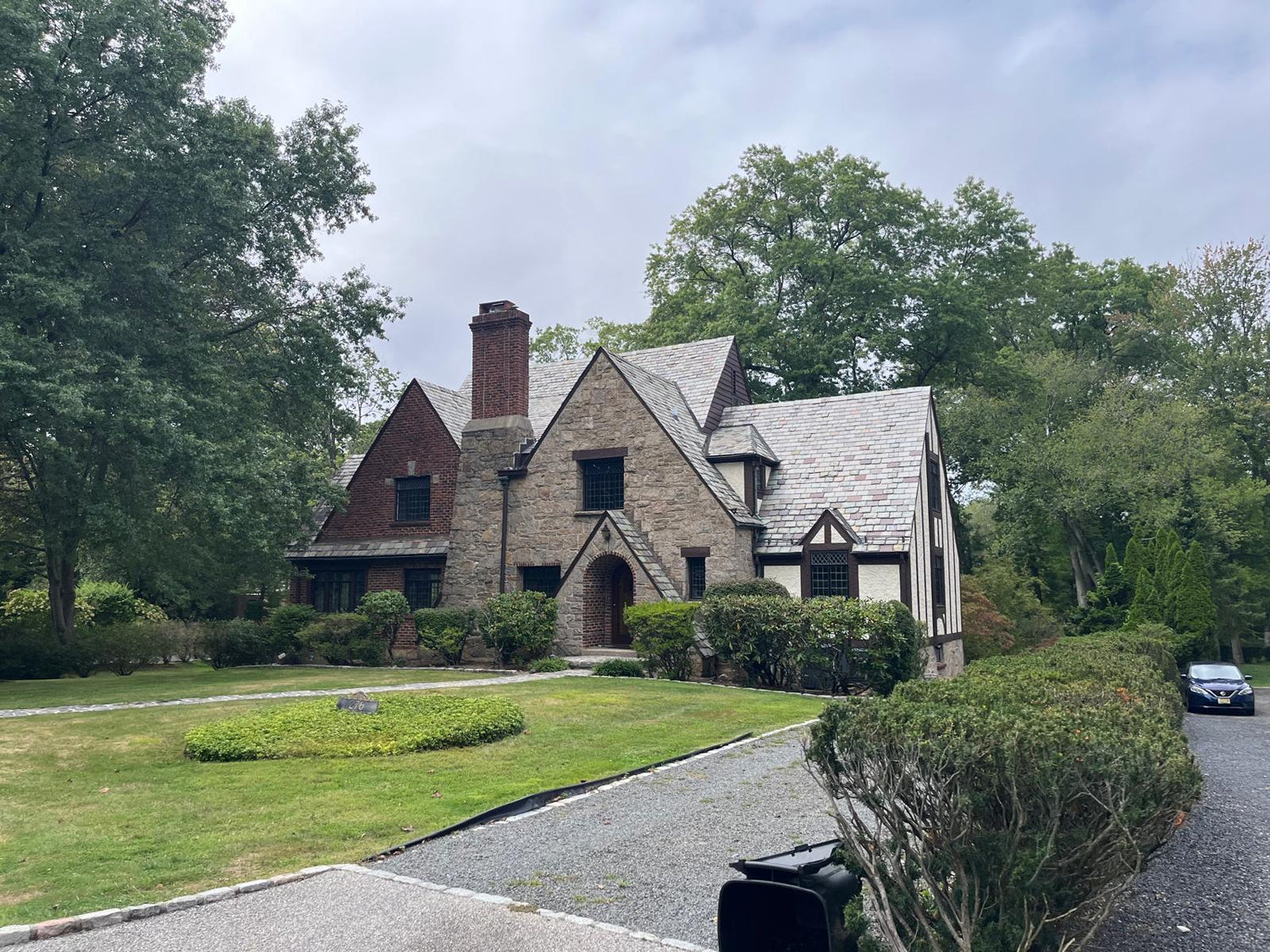Bedford-Stuyvesant is more than just a neighborhood, it’s an open-air museum of Brooklyn architecture. From iconic brownstone houses to monumental schools and churches, Bed-Stuy’s streets tell stories of history, community, and resilience.

Brownstone Houses: The Face of Bed-Stuy
Walking through Bed-Stuy, one of the first things that stands out are the endless rows of brownstone houses. Built mainly in the late 19th century, these homes combine elegance with durability, creating a distinct look that has become synonymous with Brooklyn itself.
Each brownstone is slightly different — with unique stoops, window details, and iron railings — yet together they form cohesive streets that feel timeless. Their architectural style reflects a mix of Italianate and Neo-Grec influences, making them highly sought-after today.
Beyond their beauty, brownstones have also played a social role. They’ve housed generations of families, served as gathering places, and even been converted into community spaces.

Despite changes in the neighborhood, brownstones remain central to Bed-Stuy’s identity. Many have been restored, while others still carry the marks of history — showing the blend of past and present that defines the area.
They are not just buildings but symbols of continuity, linking today’s residents to over a century of neighborhood life.
Educational Landmarks and Architectural Heritage
Bed-Stuy’s architecture is not limited to houses. Schools and institutions add grandeur and meaning to the built environment. Notable examples include:
-
Boys High School: A striking example of Gothic Revival architecture, symbolizing the importance of education in the community.
-
Community Partnership Middle School: A more modest building, yet significant as part of the fabric of local education.
-
Benjamin Banneker Magnet School of Architecture & Engineering: Highlighting the link between learning and design, inspiring the next generation.
These buildings stand as pillars of community life, showing how architecture can shape not only the skyline but also opportunities for residents.
Churches and Community Spaces
Churches are another defining feature of Bed-Stuy’s architectural landscape. Many 19th-century churches adopt Gothic Revival or Romanesque styles, with pointed arches, stained glass, and solid stone facades that contrast with nearby rowhouses. Later red-brick constructions brought simpler forms, reflecting shifting tastes and resources. These buildings not only embody faith but also stand as architectural landmarks, punctuating the neighborhood’s streetscape and serving as enduring centers of community life.
Murals as Urban Architecture
Murals, while not traditional buildings, act as a form of urban architecture. They transform blank walls into cultural landmarks. Each mural tells a story, whether honoring historical figures or celebrating community pride.
Together with churches and schools, these artworks shape the visual identity of Bed-Stuy, making the neighborhood an open-air gallery.
In sum, Bed-Stuy’s architecture is layered — elegant brownstones, monumental schools, welcoming churches, and expressive murals all combine to tell a story of history and community.
Discover Bed-Stuy’s Architectural Character
Bed-Stuy is best explored by walking its streets, looking up at the details of brownstones, pausing at historic schools, and admiring murals that turn walls into canvases. The neighborhood’s architecture is not frozen in time — it is alive, evolving, and continuing to inspire.
Are you interested in renting, buying, or selling in Bed-Stuy?
👉 Book a time with me here.





